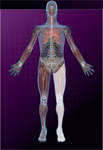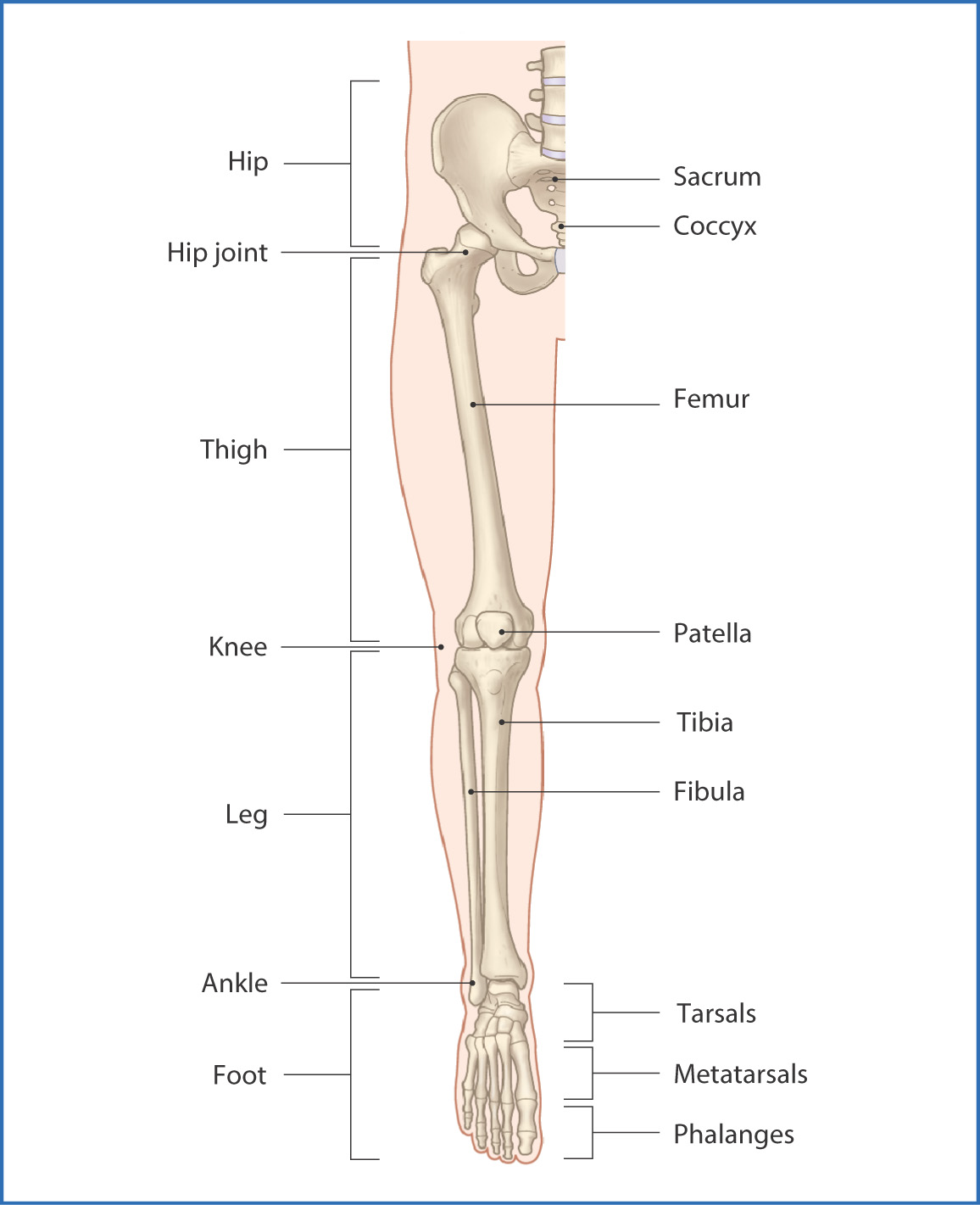
39
Introduction to the Lower Limb
The basic structure of the lower limb is similar to that of the upper limb, but it is modified to support the weight of the body and for walking. The lower limb is divided into the thigh (between the hip and knee joints), gluteal area (region of the buttocks), leg (between the knee and ankle), and foot (from the heel to the toes).
The lower limb joins the pelvic girdle at the hip joint. This girdle is formed by the two os coxae (a fusion of ilium, ischium, and pubis bones), which join anteriorly at the pubic symphysis and posteriorly to the sacrum at the sacro-iliac joints.
The lower limb is supported by heavy bones that have pronounced areas for muscle and ligament attachment (Fig. 39.1). The femur articulates superiorly with the pelvis at the hip joint and inferiorly with the tibia at the knee joint. The tibia and fibula articulate with each other proximally and distally at the tibiofibular joint and tibiofibular syndesmosis, respectively.

FIGURE 39.1 Bones and joints of the lower limb.
The distal ends of the tibia and fibula (medial and lateral malleoli) articulate with the talus (a tarsal bone) to form the ankle joint. The foot is made up of
- seven tarsal bones—the talus, calcaneus, navicular, cuboid, medial cuneiform, intermediate cuneiform, and lateral cuneiform
- five metatarsals (forefoot bones)
- five digits, each of which comprises three phalanges (proximal, middle, and distal)—except for the first digit (the great toe), which lacks the middle phalanx
- five metatarsals (forefoot bones)
Muscles
The muscles of the lower limb are strong and the movements that they produce are more coarse than those produced by the muscles of the upper limb. The deep fascia forms intermuscular septa that divide the segments of the limb into unyielding compartments, each with its own group of muscles.
The thigh is divided into anterior, medial, and posterior compartments. The muscles in the anterior compartment of the thigh are primarily extensors of the knee joint, whereas the medial thigh muscles are adductors of the hip joint. The posterior thigh muscles are extensors of the hip and flexors of the knee joint. A fourth group, the gluteal muscles, mainly rotate the thigh laterally.
The leg is similarly compartmentalized into three subdivisions (anterior, lateral, and posterior compartments
Stay updated, free articles. Join our Telegram channel

Full access? Get Clinical Tree


